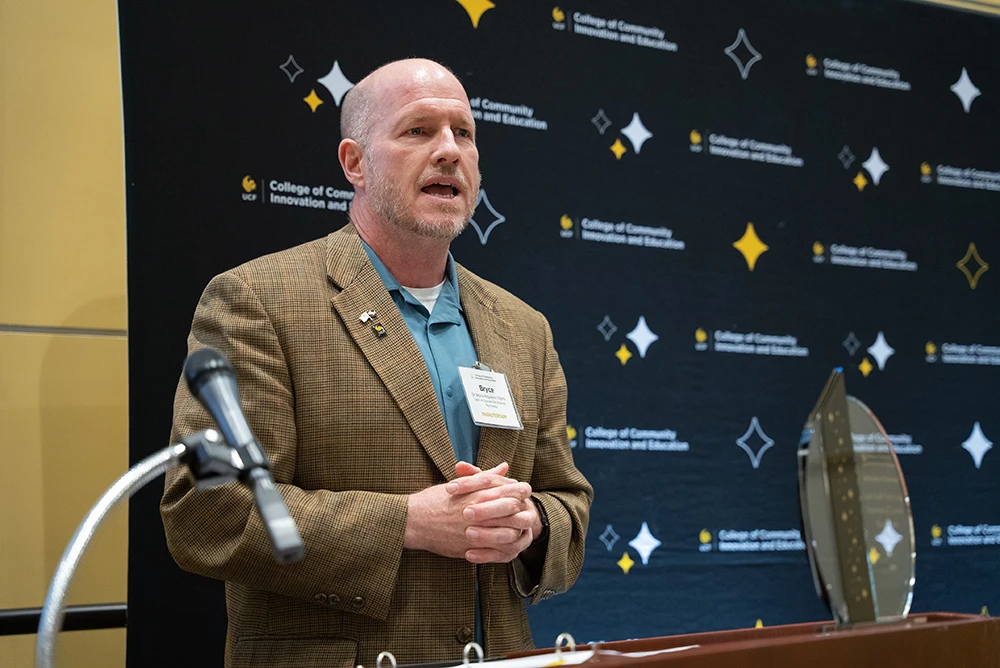
Bryce Hagedorn uses his dual perspective as a veteran and counselor to help military service members navigate trauma and reclaim their mental wellbeing.
Even the strongest people need support — something that is especially true for military service members, whose work often takes a toll on their mental health.
Many servicepeople and veterans who have experienced combat or other traumas are left struggling with mental health issues — anxiety, post-traumatic stress disorder (PTSD), depression, chronic pain, addiction and traumatic brain injuries among them — in the aftermath. However, seeking help for these conditions is not always as simple as it seems when options can seem more like obstacles. From the stigma of mental health itself to the difficulties involved in asking for help to a lack of consistent support structures, veterans frequently find they have nowhere to turn for mental health treatment — either within the military or outside of it. This underscores a sad truth: In the United States, nearly 20 veterans commit suicide every day.
Bryce Hagedorn, professor of counselor education, is committed to lowering this number. In 1991, Hagedorn transitioned into civilian life after serving four years in the Marine Corps. One of the first things he noticed was how few mental health resources were available to veterans. Now, 34 years later, Hagedorn says many veterans and servicepeople still hide their pain because of an enduring military stigma attached to seeking help.
“In the military, receiving mental health services is often seen as weakness and untrustworthiness,” Hagedorn says. “People often don’t share what they’re going through because it might engender bias and misunderstanding. It might take them out of their unit. It might take away their security clearance. It might affect their advancement or future employment because it goes in their permanent record. There’s really no benefit.”
Inspired to provide affected service members with the treatment they need, Hagedorn now volunteers his time co-leading group therapy sessions at local Veteran Affairs Vet Centers. These outpatient counseling facilities treat both active-duty service members and veterans who have been diagnosed with depression or anxiety related to PTSD from military trauma. Located in strip malls rather than hospitals, these Vet Centers offer a friendly, laid-back environment that keeps confidential records, reduces the stigma of seeking mental healthcare and helps patients find community.
“To be around other people who share your language, your experience, and maybe even your diagnosis is a great healing mechanism,” Hagedorn says. “You don’t feel so alone.”
In addition to providing therapy, Hagedorn wants to improve mental health care practices on a larger scale. He is currently working to become an instructor for mindfulness-based stress reduction (MBSR) — an evidence-based approach to working with various physical and mental illnesses — and hopes to advocate for it as an ongoing intervention tool for working with veterans. He also leads various trainings on understanding military culture to spread awareness of which types of therapies work best for service members.
“Not many therapists are former military, so I’m in a fairly unique position,” Hagedorn says. “I get to leverage my experience and my education to impact others in a positive way, which is personally very fulfilling.”